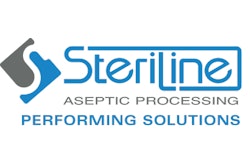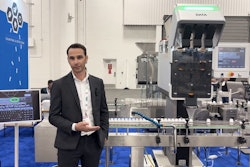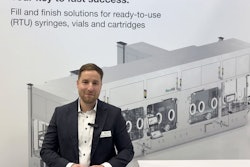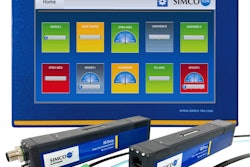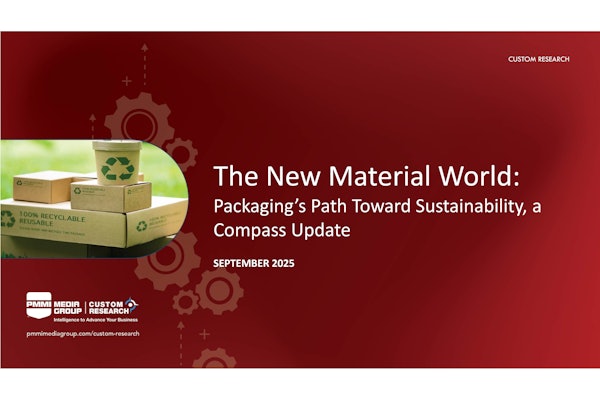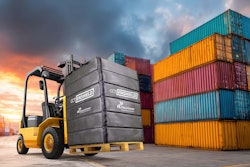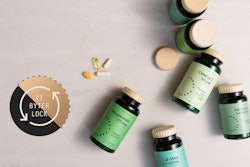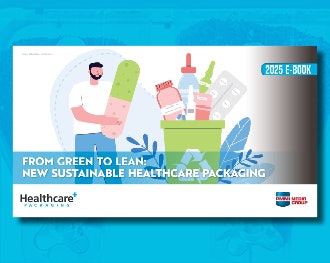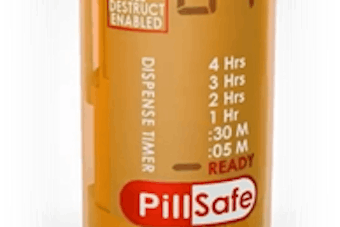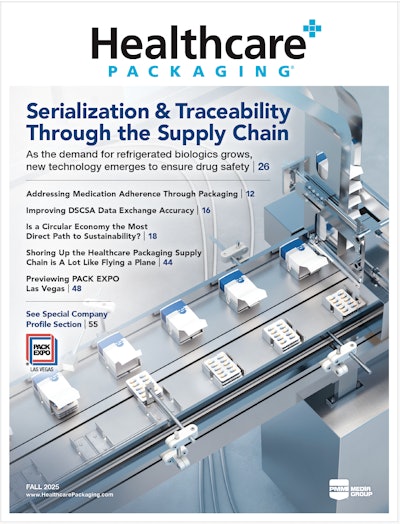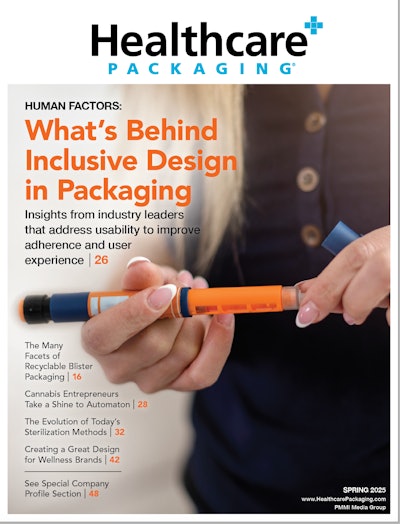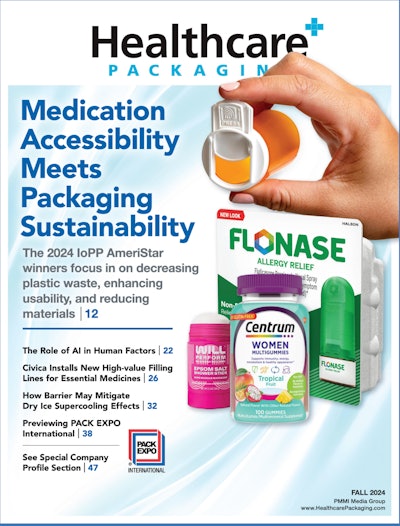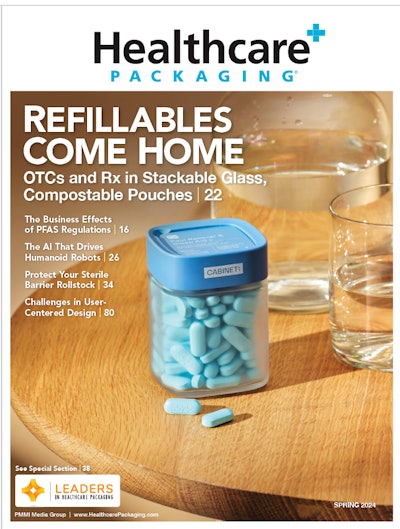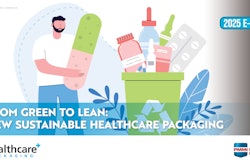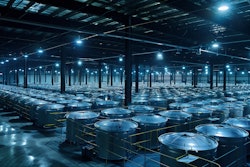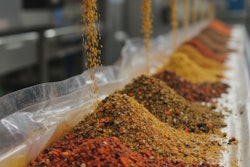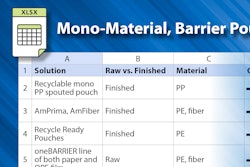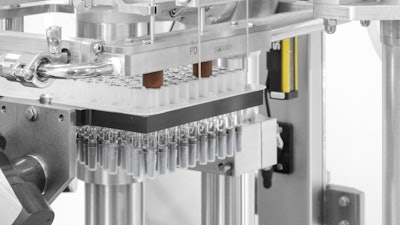
Steriline, a highly specialized company producing complete aseptic packaging lines for injectable and ophthalmic products for global pharmaceutical companies, introduces its new RNFM22 robotic filling line, an ideal solution for all pharmaceutical companies looking to enhance manufacturing efficiency while ensuring compliance with the industry’s strict standards - an achievable target thanks to the line’s flexibility and advanced automation integrated with AI applications.
The line on display at CPHI was intended for Beximco Pharmaceuticals Ltd. (Beximco Pharma), an emerging generic drug player committed to providing access to affordable medicines. The company’s state-of-the-art manufacturing facilities have been accredited by the regulatory authorities of USA, Australia, European Union, Canada, and Brazil, among others, and it currently focuses on building presence in many emerging and developed markets around the world.
Beximco Pharma is consistently building upon its portfolio and currently producing more than 500 products encompassing broad therapeutic categories and the Company has created strong differentiation by offering a range of high-tech, specialized products which are difficult to imitate.
"As we continue to expand our biosimilar portfolio, Steriline’s new aseptic filling line, incorporating advanced robotics, will play a crucial role in meeting our growing production needs both domestically and internationally," says Rabbur Reza, Chief Operating Officer of Beximco Pharmaceuticals.
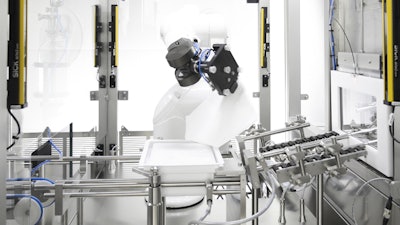 The new RNFM22 robotic filling line uses advanced automation integrated with AI applications.Steriline
The new RNFM22 robotic filling line uses advanced automation integrated with AI applications.Steriline
The line will be on display at CPHI, and consists of an Automatic Debagger (ADB), which removes the tub from the external protective bag, an Automatic Delidder / Deliner (ADE), which removes two Tyvek® sheets (specifically, the upper thermally sealed lid and the internal liner resting on top of the nest) and a two-step robotic filling machine, RNFM22, which processes the “nested” containers directly, ensuring no glass-to-glass contact.
“This approach differs from traditional lines and requires specific, advanced technology,” says Zaim Gashi, Sales Area Manager for South-East Asia and the Balkans of Steriline. “The presence of robots and cameras at every stage of the filling, stoppering and capping process also ensures maximum operational flexibility.”
The syringes and cartridges closing , and total or partial vials stoppering , along with the capacity of the machine to handle both water-like products and suspensions in response to specific customer requests, are the other main features of the RNFM22, which has a production capacity per hour (without IPC) of up to 2,400 vials and 3,500 syringes (1 ml PFS).
The complete line consists of other parts not on display at the trade fair. The first of these is the Automatic Denester (ADN), which neatly removes the bottles from the nest, preparing them for the next processing stages. This is followed by the Positive Diverting System (PDS), which can direct the vials to the freeze dryer (lyophilised products) or to the capping machine (liquid products). The PDS is equipped with a vision system featuring a dedicated camera for stoppering quality control, which is particularly important for vials intended for the lyophilisation process.
“Lastly, there is the VCM50 capping machine, also designed according to the latest requirements set out in Annex 1,” continues Gashi. “Before capping, a vision system with cameras verifies the stopper position, even in the event of return from the freeze dryer. At the end of the cycle, another vision system inspects capping quality, ensuring a result that conforms to the customer’s requirements.”



